Paris Saint-Germain remains one of the most enigmatic forces in world football. On any given night, the club can dismantle Europe’s finest with spellbinding dominance. And yet, days later, the same squad can crumble against mid-table opposition in Ligue 1. This contrast has led fans and analysts alike to label the team’s identity as “Jekyll & Hyde”—a side with two faces, unpredictable from match to match.
In the 2024/25 season, this narrative has intensified. PSG’s Champions League outings have been world-class displays—clean sheets against Bayern, comeback wins over Manchester United. But then came shock domestic defeats to the likes of Brest and Montpellier, marked by sluggishness, disjointed play, and mental lapses. So what’s behind this duality?
Beyond the tactical nuances or injury excuses, a deeper story emerges—one of fractured cohesion, flawed preparation, and a vacuum of true leadership. As PSG seeks to balance its galactic ambitions with consistent execution, it must confront internal contradictions that have festered beneath the glittering surface. Let’s unpack the three most telling factors behind PSG’s split-personality performances.
Cultural Divide in Multinational Squads
PSG’s dressing room, though packed with global talent, is also a melting pot of cultures, languages, values, and playing philosophies. On paper, diversity is an advantage—a spectrum of styles and mentalities that should make the team more dynamic. But in practice, PSG has often struggled to harmonize its locker room’s global identities.
From South American flair to African resilience, French discipline to Nordic structure, and Eastern European grit to Iberian creativity, the cultural mix is vast. Yet, there remains a disconnect in how players relate to one another off the pitch. Linguistic gaps often result in fragmented communication during matches. Tactical instructions from the manager need to be filtered through multiple layers of translation—sometimes with nuances lost or misunderstood.
Even casual interactions matter. In a team where Brazilian players might share laughter in Portuguese and the French contingent stick to their own table during team meals, psychological cohesion can suffer. Former players have hinted at “cliques,” and current insiders suggest that team bonding remains surface-level at best. While Real Madrid or Manchester City appear unified in adversity, PSG often looks like a collection of individuals stitched together rather than a brotherhood.
This lack of cultural integration becomes most evident under pressure. In high-stakes matches, especially in Europe, players rally behind shared purpose, clarity of leadership, and emotional synergy. When PSG plays well, it’s often due to inspired bursts from small in-sync groups—say, a combination between Mbappé and Hakimi, or Vitinha and Marquinhos. But when things go wrong, there’s a visible collapse in structure, effort, and mutual support.
The cultural divide doesn’t just affect emotions—it impacts tactics. Pressing systems collapse when players are out of sync by even half a second. Defensive lines lose compactness when communication falters. And transitional play looks disjointed when midfielders hesitate, unsure of the forward’s movements or decision-making rhythm.
Clubs like Bayern Munich have long prioritized cultural onboarding, language education, and shared behavioral frameworks. PSG, despite its wealth, has lagged in institutionalizing these elements. And so, while the club shines when stars are in sync, its darker side emerges when that fragile chemistry breaks down.
Training Load Management Flaws
Another contributing factor to PSG’s inconsistencies lies in how the team prepares physically across different competitions. The club’s focus on peaking for Champions League nights has led to what some call “intentional cycling”—a subtle downscaling of intensity in domestic fixtures to protect players from fatigue or injury. But this calculated load management may be backfiring.
Modern football demands peak athletic output every 72 to 96 hours. Clubs must manage the fine line between overtraining and under-preparing. While elite sports science allows for granular tracking of muscle recovery, hydration, sleep, and mental sharpness, PSG’s recent performances suggest that the balance may be off.
Against European opposition, players appear lean, sharp, and explosive. Against local Ligue 1 sides, they often start slowly, lacking urgency in transitions and sharpness in pressing triggers. This has raised questions about training rhythm and periodization planning.
Insiders point to a trend where players are granted rest or reduced-intensity sessions after midweek Champions League matches, especially when facing lower-ranked domestic teams over the weekend. While this approach seems logical from a longevity standpoint, it may create a pattern of physiological dips that directly impact performance. Players are creatures of rhythm—consistent energy output builds neuromuscular synchronization, quickness in decision-making, and mental clarity. Sporadic loading, on the other hand, may lead to rustiness and disconnection.
There’s also the issue of adaptation. Ligue 1 opponents now know PSG’s pattern: dominate in Europe, rotate on weekends. This has emboldened underdogs to press higher, fight harder, and exploit perceived complacency. With PSG’s key players often one or two beats slower on domestic duty, even lesser teams are finding moments to disrupt and damage.
Moreover, the presence of so many international stars complicates training further. Many return from national team duties exhausted or with differing intensity levels. Coordinating recovery and training for a squad split across five continents every international break requires a sports science miracle. PSG has the staff—but execution remains under scrutiny.

Leadership Vacuum Consequences
For all of PSG’s technical brilliance and financial power, the absence of clear and effective on-field leadership continues to haunt them. Following the departure of veterans like Thiago Silva and Lionel Messi, and with Sergio Ramos no longer anchoring the backline, PSG has struggled to cultivate a spiritual center—a player who demands standards, organizes chaos, and carries the badge with unwavering pride.
Marquinhos, while experienced and respected, is often described as soft-spoken. Kylian Mbappé, for all his talent, is more of a talisman than a communicator. Players like Donnarumma and Hakimi lead by example but aren’t natural generals. As a result, when matches spiral—especially in high-pressure situations or surprise domestic struggles—there’s a vacuum of accountability on the pitch.
In some clubs, leaders don’t need armbands. Luka Modrić at Real Madrid, for instance, leads through tempo control and emotional regulation. At PSG, however, the lack of a midfield general who can rally players and reset the mental framework mid-match is glaring. The team can look mentally fragile—brilliant when flowing, broken when pressed.
This leadership void is also evident in how the team responds to adversity. In recent domestic collapses, PSG has conceded multiple goals in short spans—classic signs of a mentally brittle side lacking strong internal anchors. No one grabs the game by the scruff of the neck. No tactical fouls to break rhythm. No vocal presence urging focus and discipline.
The manager can only do so much from the sideline. When plans go awry, leadership must emerge organically on the pitch. Without it, PSG often becomes reactive, a team that rides momentum but can’t create it on demand.
This is why rumors persist about PSG targeting seasoned players not just for skill but for character. Names like João Palhinha or Milan Škriniar were considered not only for their positions, but their voices. The club now understands that winning isn’t just about tactics or talent—it’s about psychological steel.
A Club at the Crossroads
PSG’s Jekyll & Hyde syndrome is not a surface problem. It reflects a deeper identity crisis—a club simultaneously chasing global relevance and local dominance, yet often caught between strategies. Their ability to outclass Europe’s elite suggests world-beating potential. But their domestic drop-offs hint at fundamental gaps in cohesion, planning, and psychology.
If PSG wants to evolve from a glittering brand into a true dynasty, the solution lies not in more signings or tactical tweaks alone. It lies in addressing the roots of inconsistency: fusing its multicultural roster into a true unit, reengineering training cycles to balance peak form with consistency, and empowering strong internal leadership to shape games emotionally and mentally.
Until then, fans will continue watching two PSGs—one magical, the other maddening—wondering which version will show up on any given day.

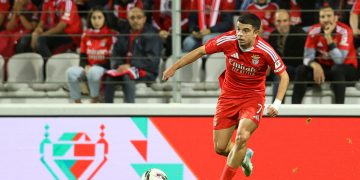
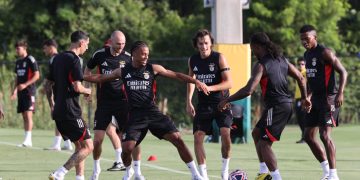
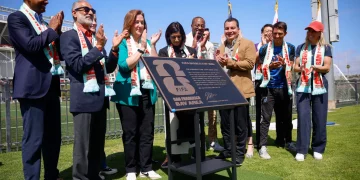


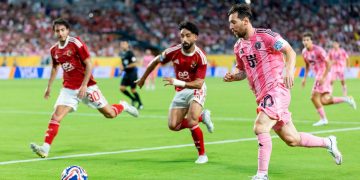









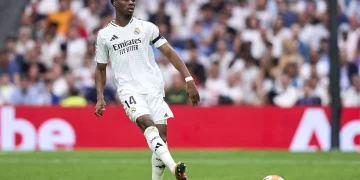




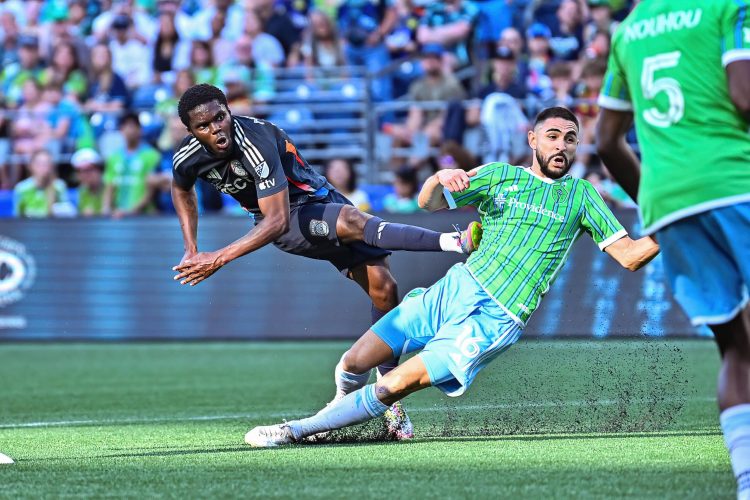












Discussion about this post